Lighting the Action
By Gary Bouthillette | Senior Director of Lighting Design
One thing I have learned from years of working in architecture and lighting design is that most clients and design professionals realize good lighting is fundamental to a successful project. I have heard this so often that I almost assume everyone knows it. However, I have to admit that what people mean by good lighting is usually unclear.
Having worked in Los Angeles for over twenty years in the heart of the entertainment industry, I easily relate interior architecture to filmmaking. The obvious parallel to my role as an architectural lighting designer is that of a lighting director in the film industry. Film and interior architecture are both visual mediums that incorporate lighting design, but I actually think the role of an architectural lighting designer is more closely related to that of a film editor.
Like a film editor, the work of a lighting designer allows the client story being told by the design team (analogous to the role of a film director) to be seen and experienced by the users (the audience). Our decisions directly impact how parts of the story come to life and are perceived by the viewer. No finish palette will shine, no architectural form will be appreciated, and no story will be successfully told without creative lighting provided in collaboration with the design team.
Many iconic movies are said to have been saved in the edit. To be clear, that doesn’t imply any deficit in storytelling in terms of the writing, acting, set design, cinematography, direction, or any other aspect of the production. It simply means that there is an additional critical step in the creative process of both filmmaking and interior design that allows the most important aspects of a project or film to be seen and understood. For interior architecture, lighting is what reveals the design, adding the magical ingredient of emotional impact to the final product.
When working with interior design teams, our most important role as lighting designers is not just technical (making sure that illuminance targets are achieved, etc.), although, like film editors, certain basic technical responsibilities have to be met. On the contrary, our role is to keep the design story on track and appreciated by the audience. If the process is working the way it should, our first question to a design team won’t be what kind of pendant light did you have in mind here? It will be how is this space supposed to feel? Our job is to help make sure that feeling is implemented.
Case in point: Flack Global Metals, a steel construction trading firm, recently relocated to Chicago’s West Loop. Eschewing a traditional office design, a moody, sophisticated design aesthetic was envisioned to support the customer experience and staff recruitment. Through multiple layers of light that create depth, the viewer is transported from an office space to a high-end hospitality suite.

Flack Global Metals, Chicago, Photography by Tom Harris
In the image below, the star is the perforated metal wall, emphasized via front and back lights.

Flack Global Metals, Chicago, Photography by Tom Harris
A simple diffused overhead lighting approach transforms this room into a space with a distinct personality and ambiance.

Flack Global Metals, Chicago, Photography by Tom Harris
Holistic design approaches deliver tremendous benefits. Just as a director would not entrust a film to an unfamiliar editor and walk away, built projects are most successful when architects, interior designers, and experiential graphic designers work with lighting designers as an integrated team to ensure a well-told story.
As lighting designers we do not direct the project, but we do have a critical role in making sure the client’s story is presented as the design intends. When we are allowed to play that role beyond ensuring technical requirements, lighting is at its best.
Gary Bouthillette, AIA, NCARB, LC
Principal, Senior Director of Lighting Design
Contact Gary: g.bouthillette@interiorarchitects.com

